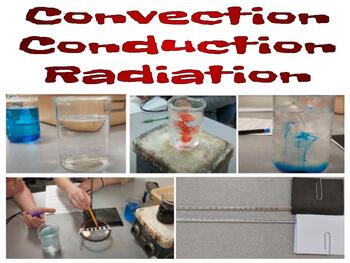Circulation of Money
This is a great video to help introduce and explain how money circulates in our economic system. It gives a real world example that will help kids connect with the cycle of money in economics.
This is a great video to help introduce and explain how money circulates in our economic system. It gives a real world example that will help kids connect with the cycle of money in economics.
This is a fantastic video that takes the viewer on a detailed and informative tour of the White House Grounds where the President of the United States works and lives.
This is an amazing video that takes the viewer on a fantastic voyage to observe the majesty of the nature of the Earth. This video can be used to explore physical geography or geoscience also.
This is a great tribute video to heros. It introduces Rosa Parks, Martin Luther King Jr., Flight 93, 9-11, Sandy Hook, and even the Granite Hotshots.
Here is a video from 1982, when Robin Williams gave a great comedy performance about the United States flag. Very funny and very patriotic.
This is a great video overview with interesting facts about President George Washington produced by Disney.
This is a great video overview with interesting facts about President John Quincy Adams.
This is a great video overview with facts about President Andrew Jackson, produced by Disney.

In this assignment, students will open up a Google Doc, you can have it printed as well, and fill out a table of some very useful industrial ores. The ores that will be researched are diamonds, gold, rock salt, bauxite, iron, and titanium. Students will research which 3 countries in the world are the top producers of each ore. They will then find and write 2 or more industrial uses for each ore. As they are doing their research, students will also use a map and mark where these countries are. This is great to reinforce the geography standards.

In this Earth Science or Physical Science lab, students will gain an understanding of the three types of thermal energy transfer, conduction, radiation, and convection. Students will use hot, cold, and room temperature water to demonstrate convection by using food coloring. Students will then see how long chocolate chips take to melt when you add heat to just one side of some tin foil. Finally, they will use heat lamps, thermometers, and dark and light-colored papers to demonstrate radiation and the absorption of radiated heat.